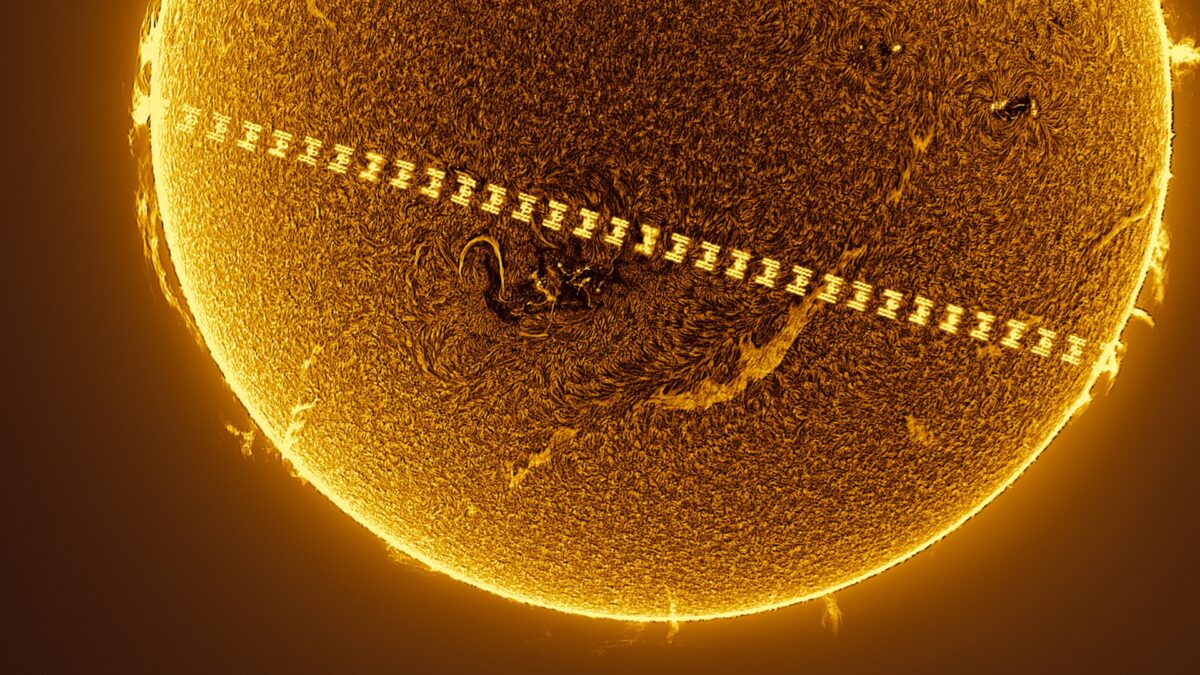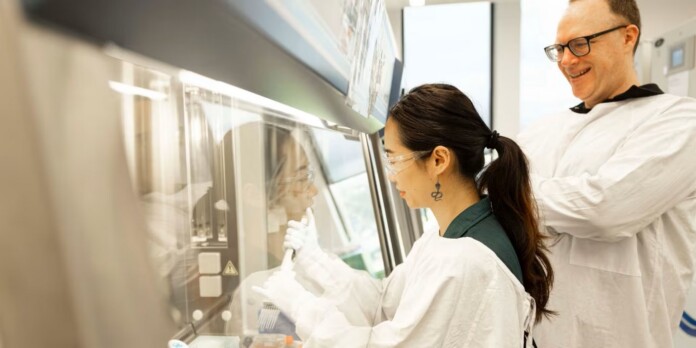Lifesaving 10 Minute Sepsis Test
A new blood test that detects sepsis in under ten minutes could be available in up to 11 US states by the end of the year. The test identifies sepsis by analyzing changes in the shape of white blood cells.
This test, developed by Cytovale, works by passing a small blood sample through a tube to observe if white blood cells become elongated and flattened, a sign of sepsis. Traditional methods for detecting sepsis through cell shape have taken up to two days and often resulted in incorrect diagnoses.
The IntelliSep test uses an ultra-high-speed camera to capture over 500,000 frames per second, which are then analyzed by an AI-powered computer. This process provides results in minutes with an accuracy rate of 97%.
Cytovale, the Silicon Valley company behind the IntelliSep, has received FDA approval for the test, and it is currently in use at a hospital in Louisiana. It will be rolled out to ten more hospitals by the end of 2024. Professor Michael Atar, a leading expert on sepsis, describes the test as a major advancement in medical diagnostics, capable of saving millions of lives.
Sepsis is currently the third most common cause of death in U.S. hospitals and affects 1.7 million people nationwide each year, according to the Centers for Disease Control and Prevention (CDC).




